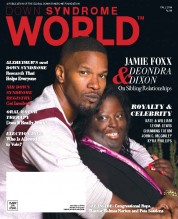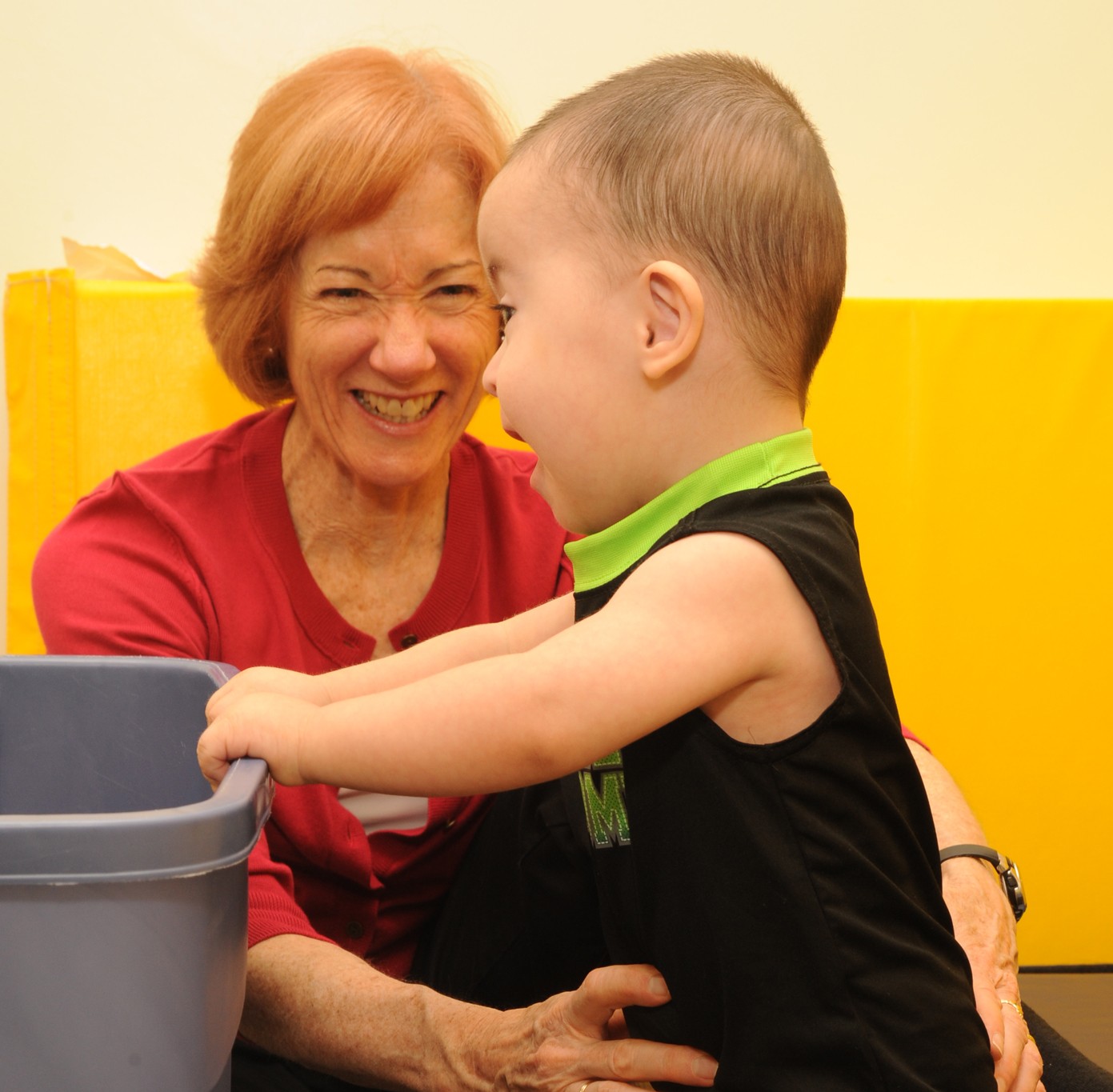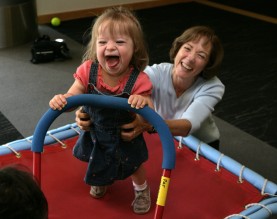Renowned expert Patricia C. Winders shares her views
on the Sie Center for Down Syndrome at Children’s Hospital Colorado and her hopes for children with Down syndrome

This article is an excerpt from Down Syndrome World magazine, a publication of the Global Down Syndrome Foundation. To receive Down Syndrome World, become a member of the Global Down Syndrome Foundation today at www.DownSyndromeWorld.org

Described by her colleagues as “the most respected person in the field of Down syndrome and physical therapy,” Winders belongs to a passionate team of experts and empowers thousands of children with Down syndrome. Winders, Senior Physical Therapist and Director of Therapies at the Sie Center, is a kind, patient, yet no-nonsense sort of expert. The author of “Gross Motor Skills for Children with Down Syndrome: A Guide for Parents and Professionals (Second Edition),” she has often been quoted on her philosophy: “Physical therapy is a critical service, not because it will accelerate a child’s rate of development, but because it will improve a child’s long-term functional outcome.”
Winders, who has been with the Sie Center since it opened, recently spoke about her dream job.
Q: What were your plans when you came to the Sie Center?
Q: Tell us about the care team.
Q: How do you approach your specialty, physical therapy?

Q: What atmosphere have you created at the Sie Center?
Helpful Tips from Patricia C. Winders
From “Down Syndrome Quarterly”
Follow the child’s lead
The child must be motivated to perform a particular skills. Trying to impose your will on a child with Down syndrome is a losing game. I often try to model my style of interaction after the parent’s. It is familiar to the child and most likely to be successful.
Be strategic in providing support
Children with Down syndrome tend to become quickly dependent on support. Provide as little support as possible while still allowing the child to succeed and remove the support as soon as possible.
Contact the Sie Center at 720-777-6750.
Recent Posts
- GLOBAL LEADERS – An Exclusive Interview with Erin Suelmann, Executive Director of the Down Syndrome Association of Greater St. Louis
- Sleep Apnea Across the Lifespan in People with Down Syndrome
- Government Profiles: Robert Aderholt (R-AL) & Tammy Baldwin (D-WI)
- Connor Long & Josh Peck: A GLOBAL Bromance
- GLOBAL Launches Pilot Fitness Program using Mann Method PT

 Experience our inspirational and groundbreaking videos and photos. Our children and self-advocates are beautiful AND brilliant!
Experience our inspirational and groundbreaking videos and photos. Our children and self-advocates are beautiful AND brilliant! Make sure your local Representatives are on the Congressional Down Syndrome Task Force.
Make sure your local Representatives are on the Congressional Down Syndrome Task Force.